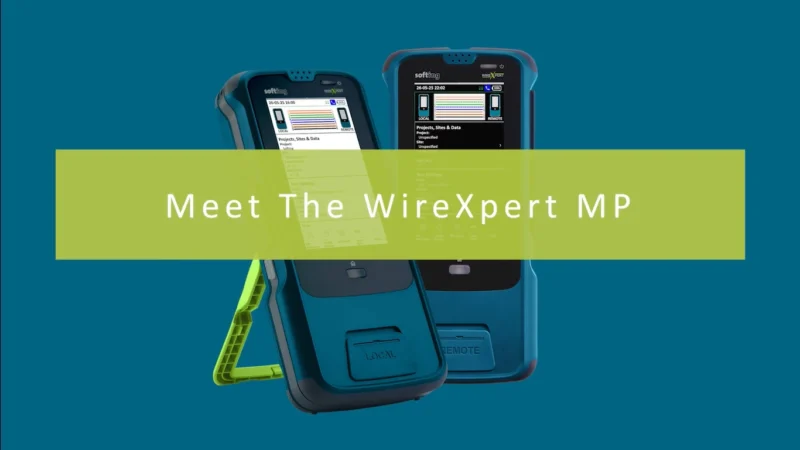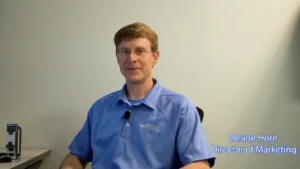Public-Private Funding Coupled with Long-Term Government Investment is Critical for IoT Adoption in the U.S.
A holistic strategy that includes investments from public, private, and government entities is required to achieve widespread IoT adoption in the U.S.
The National Institute of Standards and Technology (NIST) has opened the floor for feedback on the progress of the Internet of Things Federal Working Group (IoTFWG), a body established by Congress in 2020. The group’s mission is to recommend ways the Federal government can foster the adoption of IoT technologies. Their recent Preliminary Update, developed from the Federal Working Group’s insights and public information from the NIST IoT Advisory Board, outlines their current approach, aligning with the National Defense Authorization Act’s requirements. This update emphasizes the potential benefits of IoT for Federal agencies, its safe and secure utilization, and the importance of bolstering defenses against IoT-related cyber threats. NIST encourages broad feedback on this update, aiming to refine future federal actions that support IoT’s growth and implementation.
The methods the IoT Federal Working Group concluded best support U.S. IoT adoption are government-based/cooperative research & development, federal tech transfer, government-based outreach and engagement, grants, and federal coordination with non-government entities.
Which strategy could prove the most useful, effective, and strategic for increasing IoT adoption in the U.S.?
Shreyas Sundaram, Professor of Electrical and Computer Engineering at Purdue University, believes strategies must focus on the short, middle, and long-term for best results, with public and private investment playing an essential role, backed by a robust, multi-year investment from the United States.
Shreyas’ Thoughts
“Based on the document that they’ve released, they’ve done a good job of hitting on some of the key areas that need to be expanded for IoT adoption and also some of the mechanisms to do that. IoT is an interesting area because it’s really an interdisciplinary field, right? It requires traditional hardware design, communication, sensor actuators, and so forth, but these are also interacting with very specific application domains, from agriculture to healthcare to the smart grid, smart cities, transportation, etc. So, putting these things together and addressing these challenging problems requires new ways of thinking about these things. There are long-term research problems that need to be addressed in all these things.”
IoT’s Interaction with the Physical World
“So just to give a little bit of context, right, so what makes IoT different from just the internet is that these are Internet of Things, meaning that they’re interacting with the physical world. The information that flows through these networks, they’re closing the loop on them, they’re taking actions based on that information, and so this really introduces a whole bunch of additional challenges, right? So, the report identifies cybersecurity as a key challenge: how do you protect the data, ensure it’s not being tampered with, and so forth? Certainly, privacy is a key challenge that arises, but then the other aspect of it is to make sure that attackers can’t get into your system and cause the actions being taken in the real world to also be malicious.”
Challenges of Large IoT Networks
“Imagine getting cars to crash into each other or causing traffic jams and things like that. That’s a really important aspect of this problem, coming up with ways to handle all these very large networks, right? So, these large networks are double-edged swords. The benefit of the large Internet of Things is that you can get information that’s gathered in one part of the network to flow to the rest of the network so that everybody can make better decisions, but the flip side of that is that maliciously injected information in one part of the network can also flow throughout the network. Imagine you know something like a social network where misinformation flows, but now imagine the implications of devices taking actions on that misinformation.”
Mechanisms for IoT Adoption
“This question of what information should flow to whom and when and how should that information be used, right, that’s still a key open research challenge. So, from the perspective of mechanisms to facilitate IoT adoption and effective use of IoT in our society going forward, there’s certainly a long-term investment in research and development that the government needs to make to facilitate that kind of research. In the short to medium term, I think the public-private partnership mechanisms that they’ve identified are very important, right, so universities partnering with small businesses and large businesses who know what’s going on on the ground, right, to be able to guide the proper channeling of mature research to get these things adopted, that’s really important as well. And I think, you know, the short-term make advances often are also driven by things like challenges and competitions, right, XPRIZE-type competitions which the DOE has done, for example, in recent years for the smart grid, etc. Those are important as well.”
Workforce Development and Reliability in IoT
“And then the other aspect which the report highlighted was workforce development, right, and so we really need to be making sure that the students that we’re training at universities, for example, or existing people who are in the workforce who need skills to be up skilled, that they have what they need to be able to tackle these kinds of really complex interdisciplinary models. We’re certainly doing that here at Purdue; for example, we’re launching new degrees and concentrations at the master’s level, specifically on the Internet of Things. I’m sure we’ll see many other universities doing that as well. One of the things in terms of reliability, again, right, is that reliability and safety are paramount.
There’s no point in developing something that could potentially lead to more efficiency in our world if it comes with a high degree of risk or safety challenges, and along with that, that means robustness to high connectivity and low connectivity environments. So there may be, under natural disasters, for example, communications may go down, and your entire system should not fall apart because of that. So due to that reason, I think, you know, of course, the better and more reliable systems we can develop for connectivity, the better for IoT systems. However, the underlying algorithms for these IoT systems should be predicated on being able to use what is available to do the best job it can, some measure of graceful degradation. That’s where some of these research challenges that I talked about also exist, right? And it’s a very active and ongoing area of research, which is what is the least amount of information you have to transmit to get the job done? How do we identify that?
We don’t want to send all of the information over these networks for no reason; we don’t have to because it is taking up valuable bandwidth that could be used for other things. And so there is that long-term research, fundamental research aspect of it, which is tackling specific problems like this, what should be sent and when, and then additionally engineering challenges which allow these devices to work in some sense autonomously if they’re not able to talk to other parts of the network, and then when they can communicate, leverage that communication to do better.”
Article by James Kent








